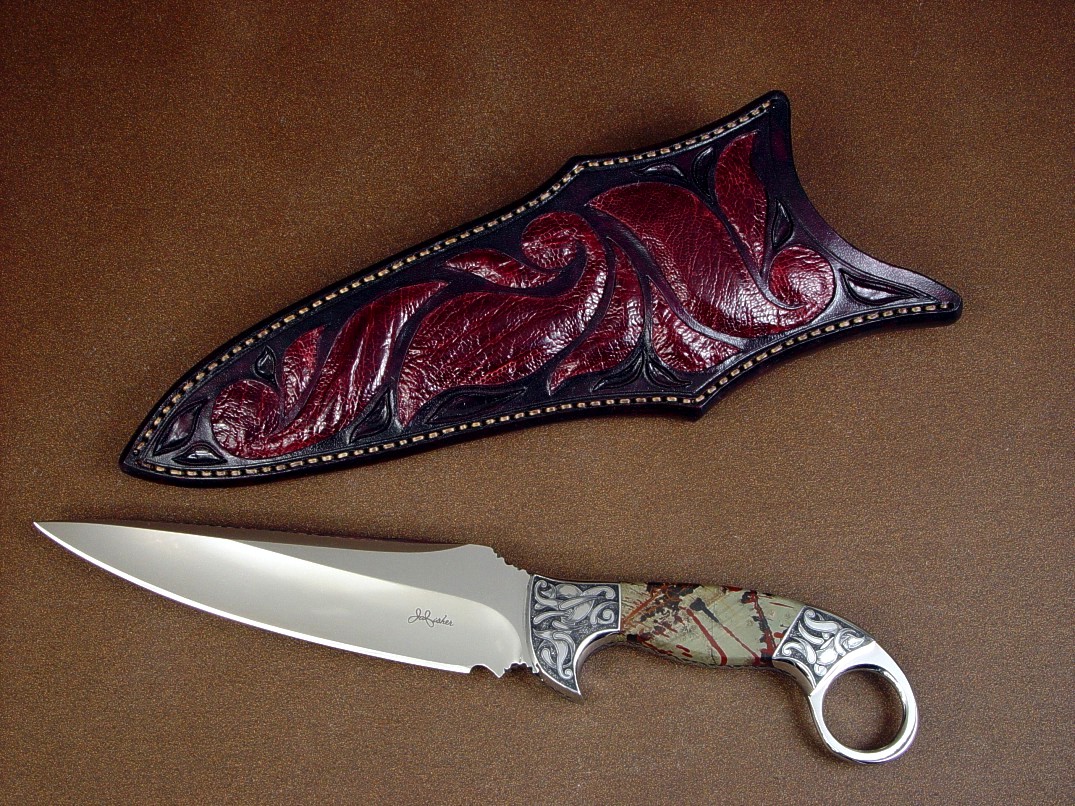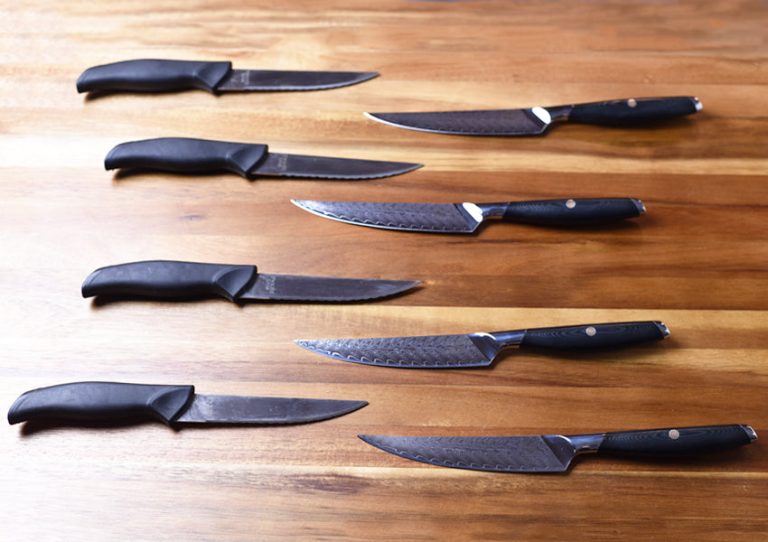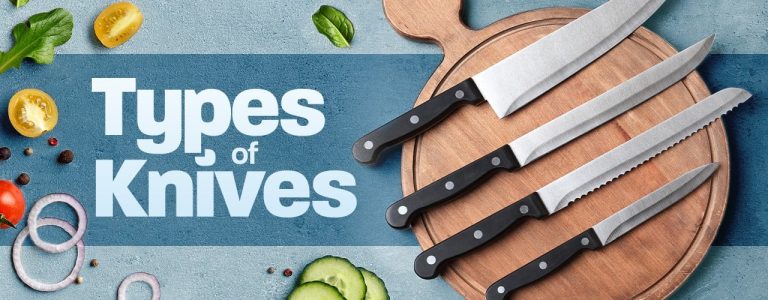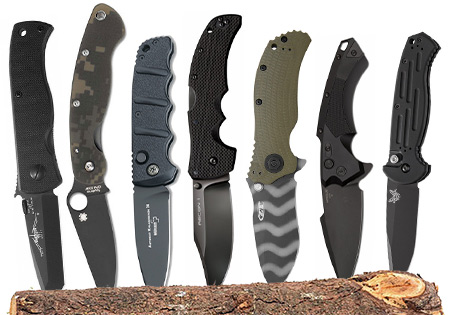Balancing Tradition And Technology in Hunting Knives
Balancing tradition and technology in hunting knives is essential for meeting the needs of modern hunters while honoring the heritage of the sport. As technology continues to advance, hunters have access to a wide range of innovative tools that can enhance their hunting experience.
However, traditional hunting knives carry a sense of nostalgia and craftsmanship that many hunters value. Finding the perfect balance between traditional design and incorporating technological advancements ensures that hunters have a reliable and efficient tool in the field. It is important to strike a balance between old and new to create hunting knives that not only perform well but also pay homage to the rich heritage of the sport.
The Evolution Of Hunting Knives
The Evolution of Hunting Knives
Hunting knives have a rich history rooted in tradition. These knives have been cherished tools for hunters for centuries, crafted with care and precision. Traditional hunting knives feature classic designs, such as fixed blades and handles made from natural materials like bone or wood. Their time-honored craftsmanship evokes a sense of nostalgia, reminding us of the legacy carried on by generations of hunters.
As technology advances, hunting knives have also embraced innovation to enhance performance. With the introduction of modern materials like stainless steel and synthetic handles, knives have become more durable and resistant to corrosion. Additionally, advancements in blade designs and locking mechanisms have improved functionality and safety. Hunters now have access to folding knives and multi-purpose tools that offer versatility in various hunting situations.
While traditional hunting knives hold a sentimental value and appeal to those seeking a connection to the past, the integration of technology has undeniable advantages. Modern hunting knives combine the best of both worlds, blending timeless design with cutting-edge materials and features. This balance between tradition and technology allows hunters to experience the reliability and craftsmanship of traditional knives, with the added benefits of enhanced performance and convenience.
The Significance Of Tradition In Hunting Knives
Traditional hunting knives hold a significant place in hunting history and culture. These knives carry the weight of our ancestors’ craftsmanship and skill, representing a connection to our past. The historical importance of traditional hunting knives cannot be overstated, symbolizing the essential tools that early hunters relied on for survival. These knives reflect the expertise and cultural significance of different societies, their unique designs showcasing the traditions and values of various communities. In today’s modern era, while technology has introduced advanced features in hunting knives, it is crucial to maintain the elements of tradition. By combining traditional craftsmanship with modern techniques, contemporary hunting knives can pay homage to the past while meeting the demands of present-day hunters. By balancing tradition and technology, we can create knives that encompass both the historical significance and practicality required in the field.
The Role Of Technology In Hunting Knives
Balancing Tradition And Technology in Hunting Knives:
Technology has played a significant role in shaping the evolution of hunting knives. Advancements in blade materials have revolutionized the performance and durability of these essential tools. These new materials are designed to provide exceptional strength, sharpness, and resistance to wear and corrosion, enhancing their overall effectiveness in the field. Coupled with innovative handle technology, hunters now have enhanced grip and comfort, allowing for greater control and precision. Knife designers have also introduced new concepts, such as ergonomic shapes and versatile blade styles, to meet the diverse needs of hunters.
Traditional craftsmanship still holds value in the hunting community, but incorporating technological advancements into knife manufacturing has undeniably improved the functionality and reliability of hunting knives. The balance between tradition and technology ensures that hunters can rely on their knives to perform at their best, combining the expertise of the past with the innovation of the present.
Achieving A Harmonious Balance
When it comes to hunting knives, achieving a harmonious balance between tradition and technology is crucial. Incorporating traditional elements in modern designs adds a nostalgic charm and a sense of heritage to the knives. It allows hunters to connect with the age-old practices and techniques while benefiting from the advancements of technology.
Utilizing technology without compromising functionality is another key aspect. Modern materials and manufacturing techniques enhance the durability, strength, and performance of hunting knives. The use of high-quality stainless steel, ergonomic handle designs, and precise blade grinding techniques ensure optimal cutting ability, blade retention, and overall functionality.
However, finding the right balance for individual preferences is essential. Some hunters may prefer the classic feel and aesthetics of a traditional knife, while others may prioritize the convenience and efficiency of a technologically advanced design. Manufacturers today offer a diverse range of hunting knives that cater to various preferences, striking a delicate balance between tradition and technology.
Choosing The Right Hunting Knife: Factors To Consider
When choosing a hunting knife, it’s essential to balance tradition and technology to find the right one for your needs. Several factors should be considered to ensure you make an informed decision:
Purpose and intended use: Determine the primary purpose of your hunting knife. Whether you plan to field dress game, skin animals, or perform general tasks, understanding your specific needs will help narrow down the options.
Blade type and shape: Different blade types and shapes offer distinct advantages. For instance, drop point blades are versatile and suitable for various tasks, while tanto blades are excellent for piercing and tactical use.
Handle materials and design: The handle of your hunting knife is crucial for comfort and grip. Consider materials like wood, rubber, or composite materials. Additionally, pay attention to ergonomics and handle design to ensure ease of use.
By carefully considering these factors, you can choose a hunting knife that strikes the right balance between tradition and technology, allowing for a successful and enjoyable hunting experience.
Traditional Hunting Knives: Pros And Cons
Traditional Hunting Knives: Pros and Cons
Traditional hunting knives have long been favored by hunters for their reliability and timeless design. These knives offer several key advantages:
- Durability: Traditional hunting knives are typically made from high-quality materials such as carbon steel, which ensures their durability and longevity.
- Ruggedness: The traditional design of these knives makes them well-suited for heavy-duty tasks such as skinning and quartering game.
- Ease of Maintenance: Unlike some complex modern hunting knives, traditional knives are often easier to maintain and sharpen, requiring minimal tools and expertise.
However, it is important to consider the limitations and challenges associated with traditional hunting knives:
- Lack of Versatility: Traditional knives may not offer the same level of versatility as modern hunting knives, which are designed for specific tasks such as gutting or field dressing.
- Weight: Traditional knives tend to be heavier compared to their modern counterparts, which can be a consideration for those looking for lightweight options.
- Limited Technological Features: Traditional knives generally do not incorporate advanced features such as assisted opening mechanisms or ergonomic handles.
Technologically Advanced Hunting Knives: Pros And Cons
Technologically advanced hunting knives can offer a range of benefits for hunters. They often come equipped with innovative features such as GPS, LED lights, and multi-tools. These advancements provide enhanced functionality and convenience in the field. The built-in GPS can assist hunters in navigating their way through unfamiliar terrains, while the LED lights ensure improved visibility during low light conditions. Additionally, the inclusion of multi-tools offers versatility for various outdoor tasks.
However, it is essential to consider the drawbacks of these advanced hunting knives as well. The increased complexity and reliance on technology may make these knives more vulnerable to mechanical failures, such as battery drainage or malfunctioning electronic components. Moreover, traditional hunting knives are often valued for their simplicity, durability, and ease of maintenance. Hunters who prefer a more traditional approach may find technologically advanced knives unnecessary and potentially distracting.
Maintaining And Caring For Hunting Knives
Proper cleaning and storage play a vital role in maintaining and caring for your hunting knives. Cleaning the blades after each use is essential to prevent rust and corrosion. A mild soap and warm water should be used to clean off any dirt or debris. **Avoid harsh chemicals or abrasives**, as they can damage the blade and handle materials. Once clean, ensure that the knife is completely dry before storing it. **A dry environment is ideal**, as moisture can lead to rust formation. For long-term storage, consider using a sheath or knife block to protect the blade and prevent accidental damage. To maintain the sharpness of the blade edge, regular sharpening is necessary. There are various sharpening techniques available, including sharpening stones, honing rods, and sharpening systems. **It’s important to follow the manufacturer’s instructions** to achieve optimum results. Lastly, proper care should be taken for the handle materials. **Regular inspection for cracks or loose fittings** and **applying a protective coating or oil** can help prolong the lifespan of the handle.
Traditional Methods For Knife Maintenance
Traditional Methods for Knife Maintenance
When it comes to maintaining hunting knives, traditional sharpening techniques play a vital role. One such technique involves using a whetstone to hone the blade’s edge. This method allows for precise control and ensures a sharp and efficient cutting tool. Additionally, natural methods can be utilized to preserve the blade’s integrity. Applying a thin layer of mineral oil after each use helps prevent rust and corrosion, extending the life of the knife.
In addition to sharpening and preserving the blade, traditional handle maintenance practices are equally important. One popular method is using linseed oil to treat wooden handles. This not only enhances the appearance of the handle but also acts as a protective barrier against moisture, preventing cracking or warping. Proper handle maintenance ensures a comfortable grip and prolongs the knife’s overall lifespan.

Credit: www.jayfisher.com
Technological Methods For Knife Maintenance
When it comes to maintaining hunting knives, technological methods have become increasingly popular. Electric sharpeners are one such tool that hunters can rely on for maintaining a sharp edge on their blades. These sharpeners use power-driven mechanisms to quickly and efficiently sharpen knives, saving time and effort. Honing tools, on the other hand, are used for refining and smoothing the edges of knives. They help to remove any burrs or imperfections, resulting in a razor-sharp blade.
In addition to sharpening tools, synthetic and high-tech blade coatings have also emerged as a technological advancement in knife maintenance. These coatings provide enhanced durability, corrosion resistance, and overall longevity to the knives. They can protect the blade from rust, pitting, and general wear and tear.
When it comes to handle maintenance, modern products have also revolutionized traditional methods. New handle maintenance products boast advanced materials and ergonomic designs that ensure a comfortable grip and easy cleaning. With these products, hunters can maintain the integrity and functionality of their knife handles, even in harsh conditions.
Conclusion
In today’s ever-evolving world, the marriage between tradition and technology has shaped the way we approach various aspects of our lives. Hunting knives are no exception. The intricate craftsmanship and time-honored techniques behind traditional hunting knives have been combined with the advancements of modern technology to create a new breed of tools that offer both functionality and durability.
As hunters, we are presented with the opportunity to embrace the past while embracing the benefits of the present. It is through this balance that we can elevate our hunting experiences and ensure the utmost safety and success in the field.
By understanding the importance of traditional craftsmanship and the advantages of technology, we can make informed choices when selecting a hunting knife that suits our individual needs. So, whether you choose a meticulously handcrafted traditional knife or opt for a technologically advanced option, finding the perfect balance between tradition and technology will undoubtedly enhance your hunting journey.






